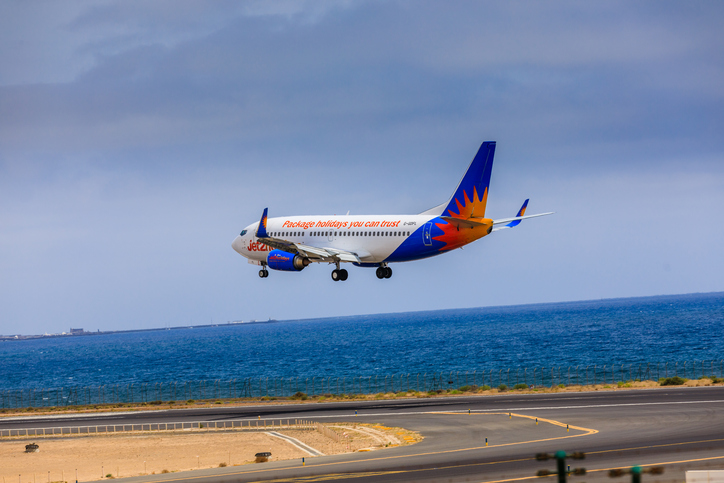Ultra-long flights like the 17-hour non-stop service Australia’s Qantas is launching from Perth to London on Saturday are doing more than stretching aircraft ranges – they are lowering ticket prices for more conventional routes, data shows.
The latest round of global direct flights cost about 20 percent more than those with one or more stops, making them most popular with business travellers, agents say.
But the premium is deceptive. The difference in prices is mostly because the cost of tickets on conventional routes has been falling.
After United Airlines started non-stop Singapore-Los Angeles flights last October, average ticket prices on one-stop rivals fell by 15 percent relative to 2016, according to Expedia Inc data provided to Reuters.
That meant customers willing to pay 20 percent extra to fly United and save a few hours were only paying 2 percent more than they would have paid for one-stop flights a year earlier.
“There is a lot of competitive pressure and those ultra-long haul flights are adding to it,” said James Marshall, Expedia’s vice president for transport partner services. “The overall demand seems to be there but the pressure is on the price.”
New Technologies
The number of ultra-long haul flights – those over 7,000 nautical miles (12,964 kilometres) – has nearly tripled to 19 over the last decade, according to travel data provider OAG, as smaller, fuel-efficient twin-engine planes like Boeing Co’s 787 and Airbus SE’s A350 have entered service.
“Being able to connect the major financial centres directly is going to be the main theme that is going to drive the success of these flights,” said Richard Johnson, Carlson Wagonlit Travel’s director of its solutions group for Asia Pacific. “There needs to be premium demand and the airline needs to be the user of the newer generation of aircraft for any of these to be viable.”
Singapore Airlines Ltd expects to revive the world’s longest non-stop commercial flight, from Singapore to New York, in the second half of this year after a five-year hiatus due to the new aircraft technology and lower fuel prices.
Most of the new ultra-long routes are flown once a day on jets with fewer than half the number of seats as A380 superjumbos and an upsized business class. Fears they would threaten the business model of hub carriers like Emirates and Qatar Airways have so far proven overblown.
Instead, demand is rising as prices fall.
American Express Global Business Travel said bookings on all types of flights from Singapore to San Francisco rose 12 percent last year, with Singapore Airlines and United now offering non-stop service on the route in competition with one-stop rivals like Cathay Pacific Airways Ltd and Taiwan’s EVA Airways Corp.
Singapore Airlines also still offers a flight to San Francisco with a brief stopover in Hong Kong. An airline spokesman said there were markets for both types of flights with price, timing and connections among the factors.
Some of the seats on non-stop flights are filled at lower prices with connecting passengers on routes like Sydney-Perth-London or Jakarta-Singapore-San Francisco.
Passenger mix
Many seats on the non-stop flights will be filled with corporate travellers, but companies are often price conscious and want employees to select the best fare, regardless of travel time.
OAG’s regional sales director for Japan and Asia-Pacific, Mayur Patel, said one-stop options in business class were popular on routes like Singapore-London because of the major price difference.
“A lot of people used to fly Singapore Airlines, but because of the pricing the Gulf carriers are gaining share,” he said.
The average business-class ticket from Hong Kong to New York on non-stop flights with Cathay and United costs $8,600, compared with $7,200 on one-stop options, according to Carlson Wagonlit data, with Qantas achieving a $1,600 premium to rivals on Perth-London flights.
“That might be the distinction where ultra-long-haul non-stop becomes the preserve of the senior exec or those who maybe have more time-critical business,” Johnson said.
Qantas International’s chief executive, Ali Webster, said Perth-London flights that originate in Melbourne were also proving popular with corporate customers like mining companies BHP and Rio Tinto , which have big offices in all three cities.
“It works very well for business travelers who can stop in Perth on their way from the east coast for meetings before carrying on to London,” she said. “That’s exactly what a lot of our resources customers are doing.”






